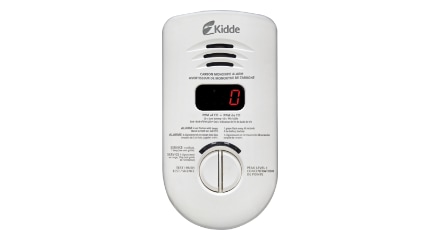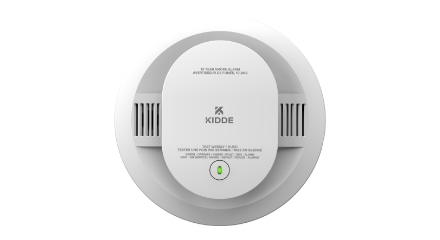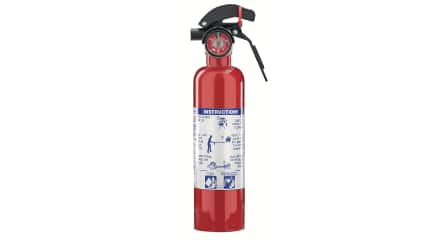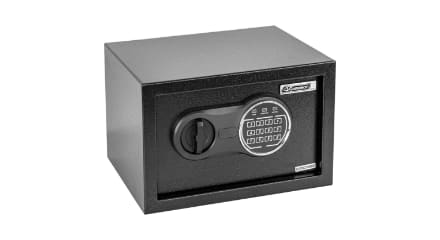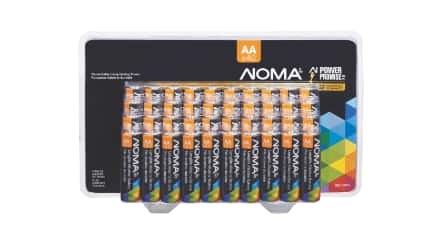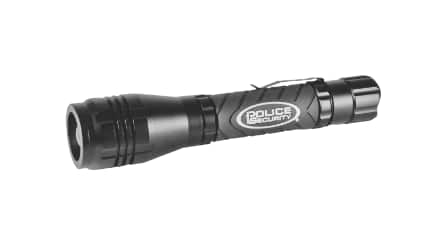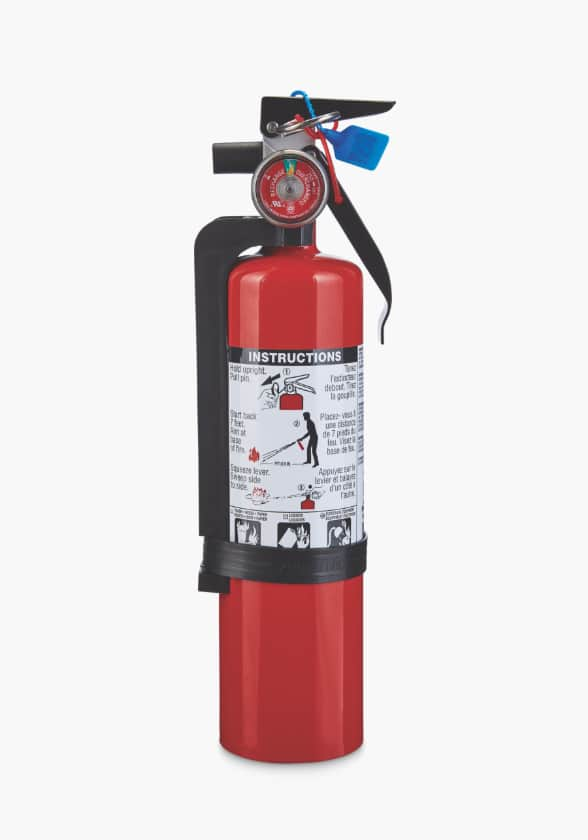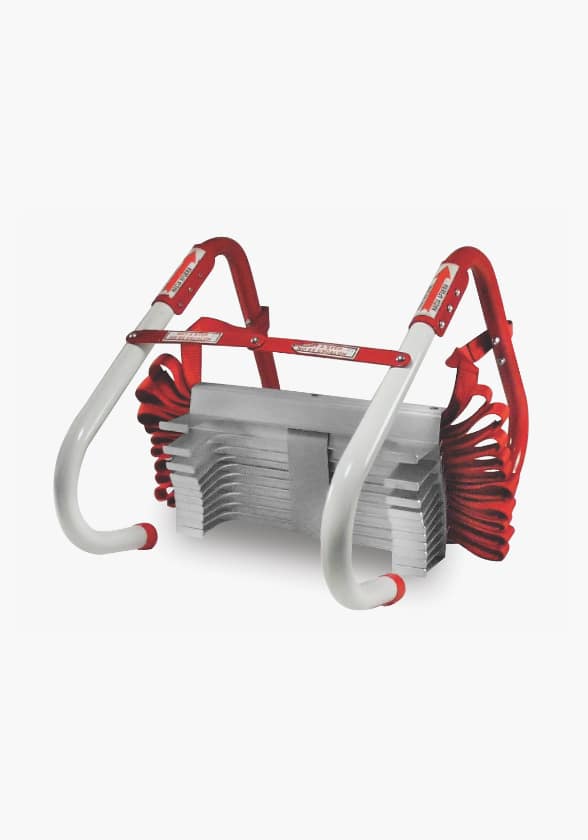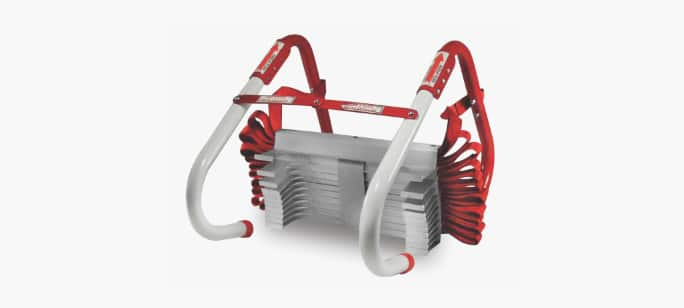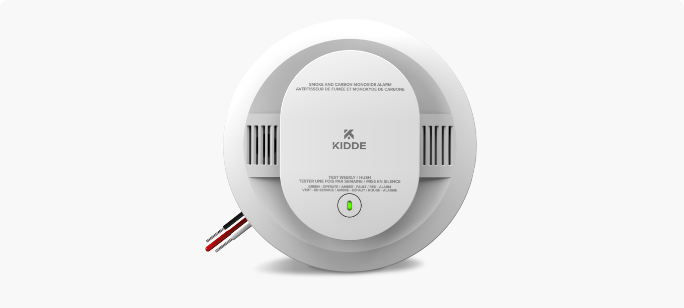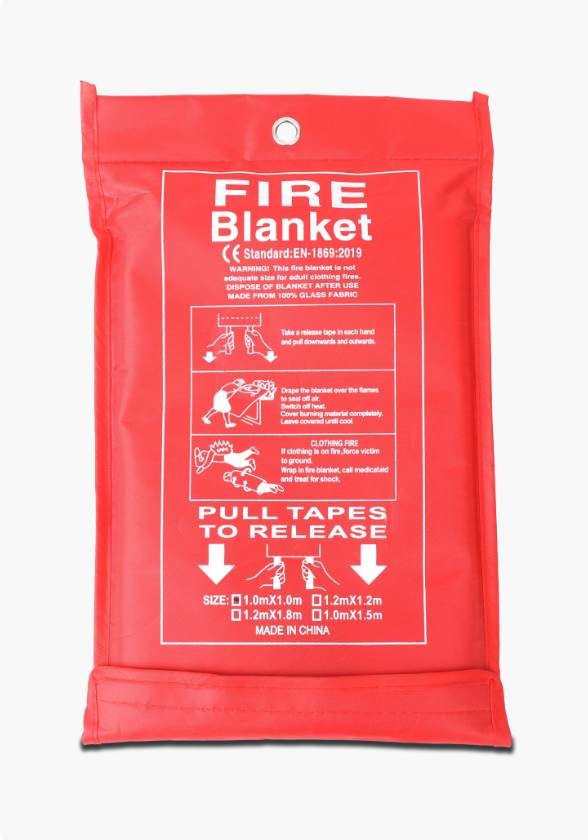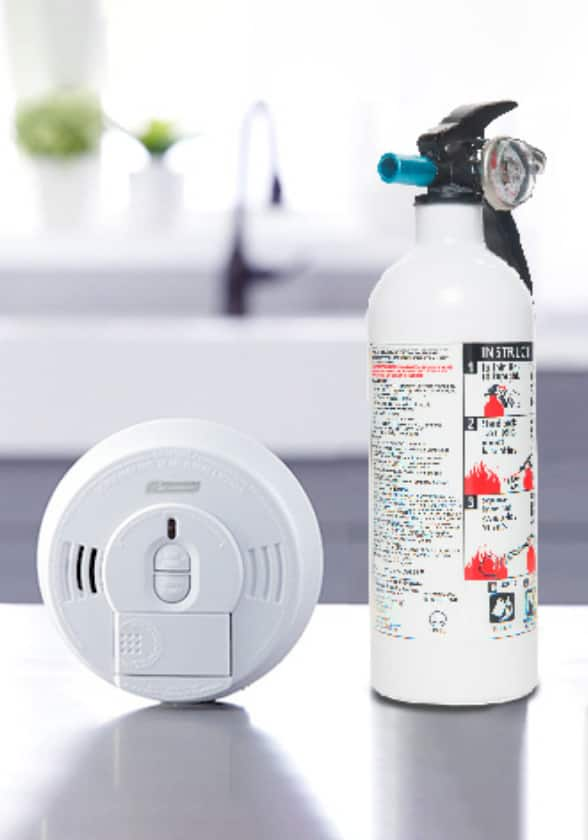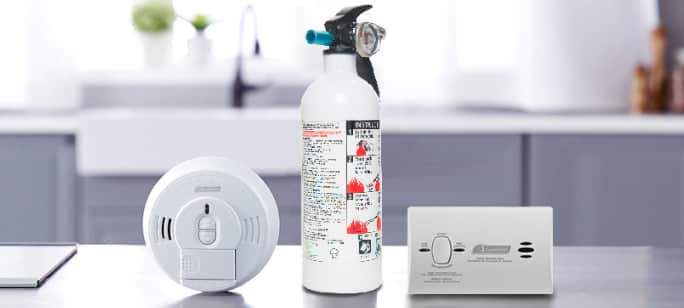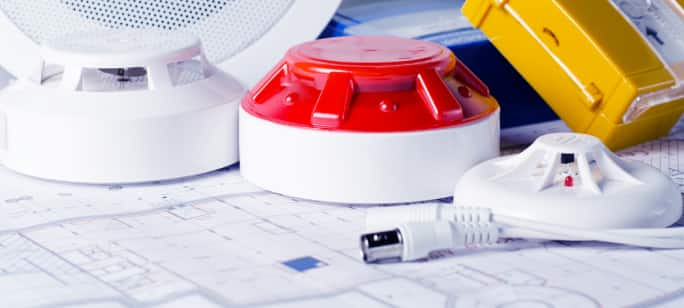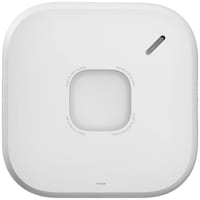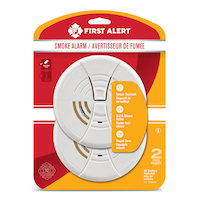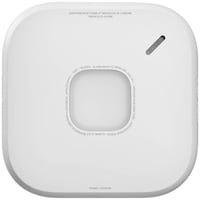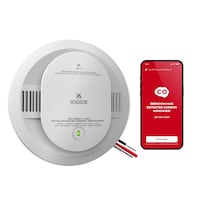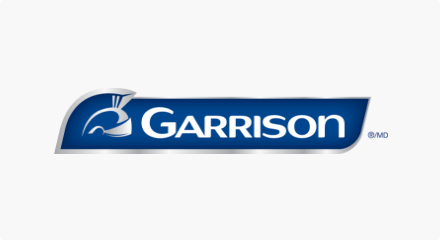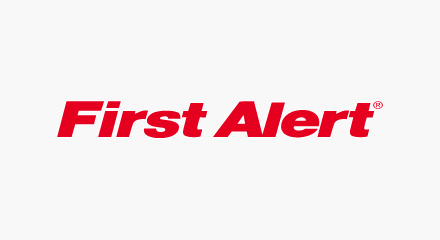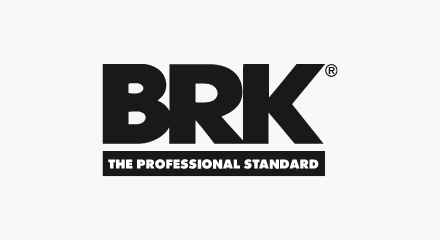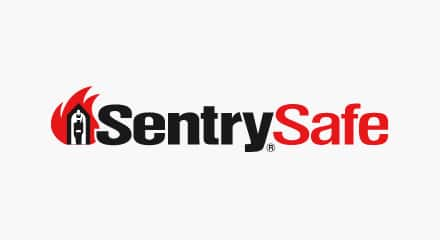This paragraph should be hidden.
Shop Fire Safety & Prevention categories
Your how-to guides
Shop all products
- Emergency Fire Blanket for Home & Kitchen, Flame Retardant, 1m x 1m$19.99
- Energizer Alkaline MAX Double A Batteries, 24-pk$24.99
- Energizer Max Alkaline AA Batteries, 36-pk$28.99
- Kidde 2-in-1 120V Hardwired Smoke Alarm/Carbon Monoxide (CO) Detector with AA Battery Back-Up & Voice Alerts$84.99
- NOMA 40-pk AA Alkaline Batteries, Long Lasting, All Purpose$14.99price was $32.99Save 50%
- Energizer MAX AAA Alkaline Batteries, Long Lasting, All Purpose, 16-pk$24.99
- Kidde Worry-Free Carbon Monoxide (CO) Detector With Digital Display and 10-Year Sealed Battery$49.99price was $59.99Save 17%
- Kidde Worry-Free Plug-In Digital Carbon Monoxide (CO) Alarm With 10-Year Sealed Battery$52.99price was $62.99Save 16%
- Kidde Plug-In Carbon Monoxide, Propane, Natural Gas Alarm with Digital Display$79.99
- Garrison Dry Chemical Rechargeable Fire Extinguisher With Wall Mounting Bracket, 2-lb, Red$29.99price was $33.99Save 12%
- SentrySafe Extra-Large Steel Security Fire Safe Box With Digital Keypad, 34.8-L, Black$374.99price was $469.99Save 20% ($95.00)
- Kidde Pro Series 3A40BC Home/Office Rechargeable Fire Extinguisher With Wall Mounting Brackets, 5.5-lb, Red$84.99
- Garrison Battery-Operated Combination Smoke & Carbon Monoxide Alarm with Voice Alert$74.99
- Airthings Corentium Battery-Operated Home Radon Detector with LCD Display, Black$179.99
- Mastercraft 1.0 Cu-Ft Anti-theft Fireproof Safe with Bolt Down Kit, Navy Blue$249.99price was $299.99Save 17% ($50.00)
- Garrison Plug-In Carbon Monoxide Alarm with Battery Backup$44.99
- First Alert 2-in-1 Hardwired Google Smart Smoke & Carbon Monoxide Alarm$169.99
- Interlite LED Rechargeable Neck Light with Front & Side Lights, 80 Lumens, Silver/Black$29.99
- First Alert BRK Carbon Monoxide Alarm With LED Strobe Light and 10-Year Sealed Battery$149.99
- Energizer Max Alkaline AAA Batteries, 24-pk$28.99
- SentrySafe Large Fire and Water Resistant File Safe Box With Key Lock, 18-L, Black$159.99
- Energizer 6-pk CR2032 3V / 3 Volt Lithium Coin Cell Batteries, Long Lasting$16.99
- SentrySafe Medium Fire and Water-Resistant Chest Safe Box With Key Lock, 8-L, Black$114.99
- Kidde Worry-Free 120V Hardwired Talking Smoke & Carbon Monoxide (CO) Alarm with 10-Year Sealed Battery & Voice Alerts$99.99price was $119.99Save 17%
- Kidde 2-in-1 Smoke & Carbon Monoxide (CO) Detector Combo with Voice Alarm, Batteries Included$99.99
- NOMA 30-pk AAA Alkaline Batteries, Long Lasting, All Purpose$13.99price was $24.99Save 44%
- Kidde PRO 4A60BC Consumer Rechargeable Fire Extinguisher with Wall Mounting Brackets, 10-lb, Red$89.99price was $104.99Save 14%
- SentrySafe Fire and Water-Resistant Chest Safe Box With Combination Lock, 35-L, Black$279.99Special Buy
- SentrySafe Small Fire Safe Security Chest with Key Lock, Black, 5-L$54.99
- Kidde Worry-Free Talking Smoke & Carbon Monoxide (CO) Alarm Combo with 10-Year Sealed Battery$99.99price was $129.99Save 23% ($30.00)
- First Alert FG250 Smoke Alarm, 9V Battery Ion, 2-pk$39.99price was $44.99Save 11%
- Kidde Pro Series 2A10BC Multi-Purpose Rechargeable Fire Extinguisher With Wall Mounting Brackets, 4-lb, Red$74.99
- Garrison Battery-Powered Carbon Monoxide Alarm with Digital Display$37.99
- Garrison Photoelectric Battery-Operated Smoke Alarm Twin Pack, 2-pk$37.99
- Energizer Vision HD 300 Lumens Washable LED Headlight/Headlamp, Batteries Included, 2-pk$28.99price was $36.99Save 22%
- First Alert 2-in-1 Battery Operated Google Smart Smoke & Carbon Monoxide Alarm$169.99
- Kidde Essentials Smart Smoke and CO Alarm with 2 AA Batteries$119.99
- First Alert Smoke and Carbon Monoxide Alarm with 10-Year Battery$62.99price was $69.99Save 10%
- Garrison Large Steel Security Safe Box With Digital Keypad, 25-L, Black$169.99
- Mastercraft 0.5 Cu-Ft Anti-theft Fireproof Safe with Bolt Down Kit, Navy Blue$199.99price was $249.99Save 20% ($50.00)

